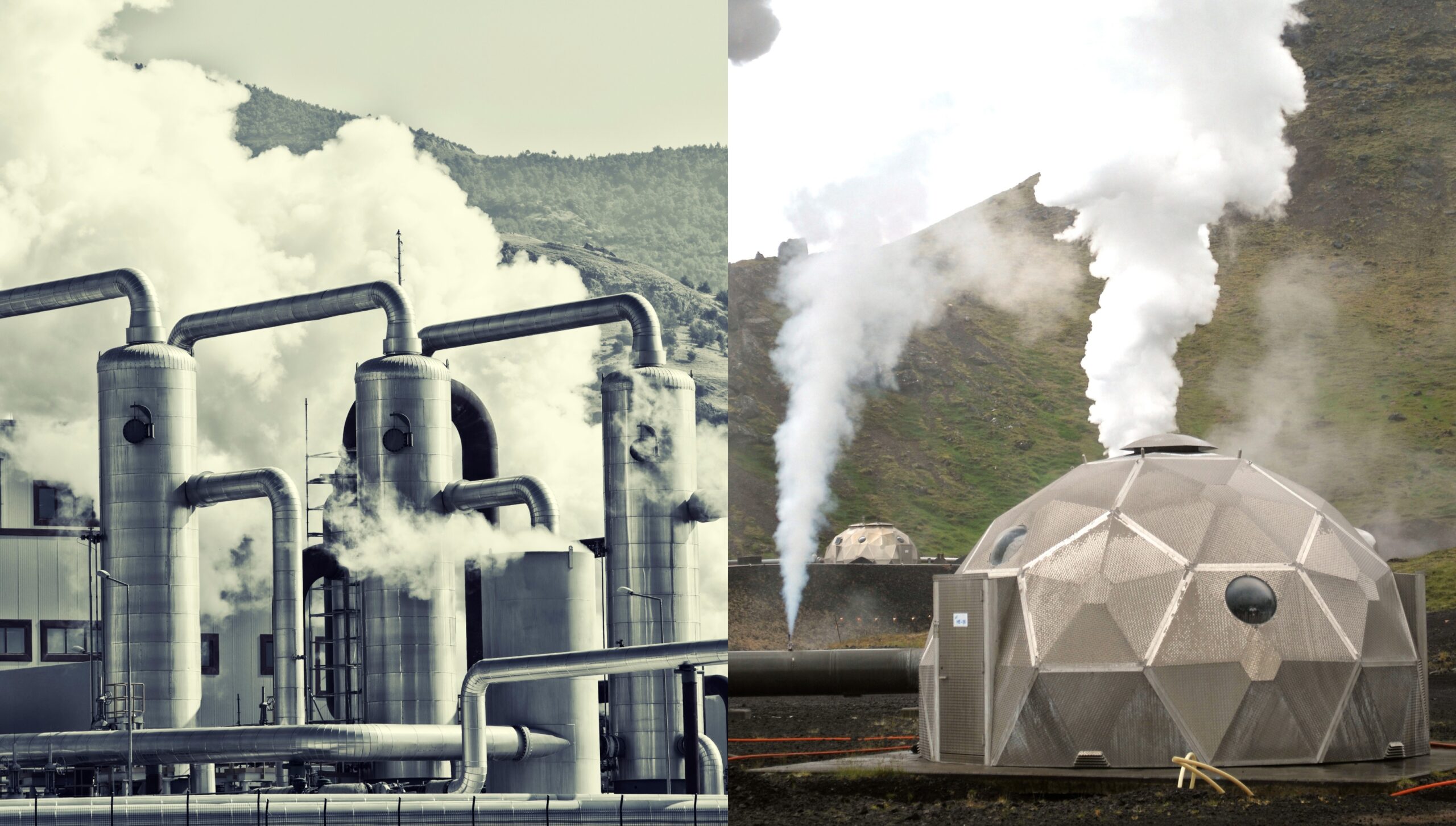As Geothermal Systems are important, finding more sustainable energy sources is more urgent than ever. Geothermal energy, which harnesses heat beneath the Earth’s surface, is a promising solution. Traditional geothermal sources are limited, but the development of Enhanced Geothermal Systems (EGS) and new drilling techniques make geothermal energy more accessible and efficient. In this article, we’ll explore how EGS works, how advanced drilling taps into more heat, and why it could be a game-changer for clean energy.
What is Enhanced Geothermal Systems (EGS)?
The Basics of Geothermal Energy
Geothermal energy has been used for centuries, mainly for heating and bathing. The heat comes from the Earth’s core, where temperatures can reach thousands of degrees. Traditional geothermal power plants use this heat to produce steam, which spins turbines to generate electricity. However, these plants typically rely on geothermal hotspots like those in Iceland, California, and New Zealand, where the Earth’s heat is easily accessible.
Expanding Access with Enhanced Geothermal Systems
Unlike traditional geothermal plants, Enhanced Geothermal Systems are designed to create artificial geothermal reservoirs in areas where natural geothermal resources are not available. By using new drilling techniques, engineers can access deep underground heat sources that were previously unreachable. This could vastly expand the areas where geothermal heating and systems can be used, making it a more viable option for countries and regions that don’t have natural geothermal resources.
New Drilling Techniques: The Key to Unlocking More Heat
Traditional Drilling vs. New Techniques
In the past, drilling for geothermal energy was limited by technology and cost. Traditional geothermal wells were typically shallow and could only reach a small amount of heat beneath the surface. These wells were also expensive to drill and maintain, which made geothermal power difficult to scale.
However, new drilling techniques are changing the game. Engineers are now able to drill much deeper into the Earth, reaching areas of intense heat that were previously too costly or technically difficult to access. These advanced methods are helping to unlock more of the Earth’s natural heat and bring it to the surface for energy production.
The Role of Hydraulic Fracturing (Fracking)
One of the most important techniques used in EGS is hydraulic fracturing or fracking. This method involves injecting water at high pressure into deep rock formations to create fractures. These fractures allow the water to flow more easily through the rocks, picking up heat along the way. Once the water reaches the surface, it is used to generate steam for power generation.
Drilling Deeper and More Efficiently
Another advancement in drilling technology is the ability to drill deeper and more efficiently. New drilling tools and techniques allow engineers to reach depths of over 10,000 feet, where heat is more concentrated. These tools are designed to withstand extreme temperatures and pressures, ensuring that drilling operations are safer and more effective.
The Benefits of Enhanced Geothermal Systems
Clean and Renewable Energy
One of the biggest advantages of EGS is that it provides a clean, renewable energy source. Unlike fossil fuels, which release harmful greenhouse gases into the atmosphere, geothermal energy is nearly carbon-free. Once a geothermal plant is up and running, it produces little to no carbon emissions.
Reliable and Consistent Power
Unlike solar or wind energy, which is dependent on weather conditions, geothermal energy is reliable and consistent. The heat from the Earth is available 24/7, no matter what the weather is like. This makes geothermal energy a great option for providing baseload power—the minimum level of demand on the electrical grid that must always be met. By tapping into deep underground heat, EGS can help provide steady, reliable power to homes, businesses, and industries.
Reducing Energy Costs
As drilling techniques improve and become more cost-effective, the cost of generating geothermal energy through EGS is expected to decrease. The ability to access more geothermal resources at a lower cost will make geothermal energy more affordable for consumers. It could also create job opportunities in the geothermal sector, benefiting local economies.
Challenges and Considerations
Environmental Concerns
While EGS holds great promise, there are some environmental concerns that need to be addressed. For instance, hydraulic fracturing (fracking) can cause earthquakes if not done carefully. Scientists are working to develop safer and more sustainable methods to reduce the risk of seismic activity and ensure that EGS doesn’t negatively impact the surrounding environment.
Another concern is the potential for water contamination. Water used in fracking can sometimes become contaminated with harmful chemicals. To address this, engineers are exploring ways to keep the process as clean as possible and to recycle water used in the system.
High Upfront Costs
Although the long-term benefits of EGS are significant, the upfront costs of drilling and building geothermal plants can be high. However, as technology improves and drilling becomes more efficient, these costs are expected to decrease. Governments and private companies are investing in geothermal research to help make EGS more affordable and accessible.
Conclusion: Unlocking Earth’s Heat for Clean Energy
The development of Enhanced Geothermal Systems and new drilling techniques is a major step forward in the search for clean, renewable energy. By accessing more of the Earth’s natural heat, we can generate reliable and sustainable power without relying on fossil fuels. While challenges remain, the future of EGS looks bright, and it may soon become a key player in our efforts to fight climate change and build a cleaner energy future.













